Plaque: but what is it? Where does it come from? And how can we deprive ourselves of it?
Plaque or the origin of every dental ailment
I wake up, brush my teeth - brush my teeth, go to bed. Here is my daily oral hygiene routine, always accompanied by my mom's exhorting voice, "But have you cleaned well?"
Can anyone remember? We take a portion of toothpaste and smear it all over our mouths, just to avoid failing miserably in the breath test. Fortunately, in the meantime, we've come to terms with it, thanks in part to the thousands of advertisements that have given us some scruples, or not! Or have we?
Those who already know the answer, you are free to devote your time to other things. The plaque: but what is it? Where does it come from? And how can we deprive ourselves of it?
What is plaque?
In simple terms, dental plaque is a coating of bacteria that forms on our teeth. We find it mostly in places that are hard for the toothbrush to reach. You can do a little test: run your tongue over your teeth - if you haven't toilet today, you'll feel something that gives the feeling of fur. There's the plaque. It is hard to see it, since it is practically transparent. But believe me, it's there.
After brushing your teeth is first brushing your teeth. Immediately after you put down your toothbrush, plaque begins to form.
Immediately after you brush your teeth, a protective layer of protein in our saliva forms, a so-called film. This film protects the teeth from acids and causes the enamel to be enriched with necessary minerals.
Initially, the film is devoid of bacteria. But slowly a multiplicity of bacteria from our microbiotic community are found there - plaque production has begun. Over the course of the day, food residues, sugars and tissue cells are added to it.
What is the effect of plaque?
Sugars form a type of network that easily accumulates various bacteria. A process that further promotes the spread of plaque. In addition, they act as a food source for streptococci. They convert sugars into acids, which consequently go on to attack the enamel and make it porous. Thus, bacteria are able to penetrate it by proceeding to the inside of the tooth. Here is caries.
Warning: Read on - from here on our promis gel comes into play.

Bacteria continue to spread over the enamel and give the hitherto transparent plaque its characteristic yellowish color. It is time to brush your teeth. If you do without, the plaque catalyzes and tartar is born, whose rough surface encourages further deposits of bacteria.
As of now, the gums are also under attack. Plaque and tartar build up between the tooth and the gums and promote tissue degradation, which in turn begins to gradually shrink. Before that, however, they will will become inflamed. The first harbingers of inflammation may be reddened, swollen or bleeding gums. If you don't get a move on now, teeth will loosen and eventually fall out.
What can I do against plaque?
You need to know: the our promis gel was developed for just such businesses antibacterial. Tests in our laboratories demonstrate the gel's effect on those bacteria that turn sugars into acids: "cuts off" the hands of the bacteria so that they cannot "cling" to the tooth.
If these bacteria are missing, other bacteria will also find no more surfaces to cling to. According to our study, teeth show minus 70 percent of bacteria responsible for plaque (and thus tartar, cavities and gingivitis). And don't forget: don't neglect semi-annual visits to the dentist and hygienist to make sure your teeth are 100 percent healthy.


